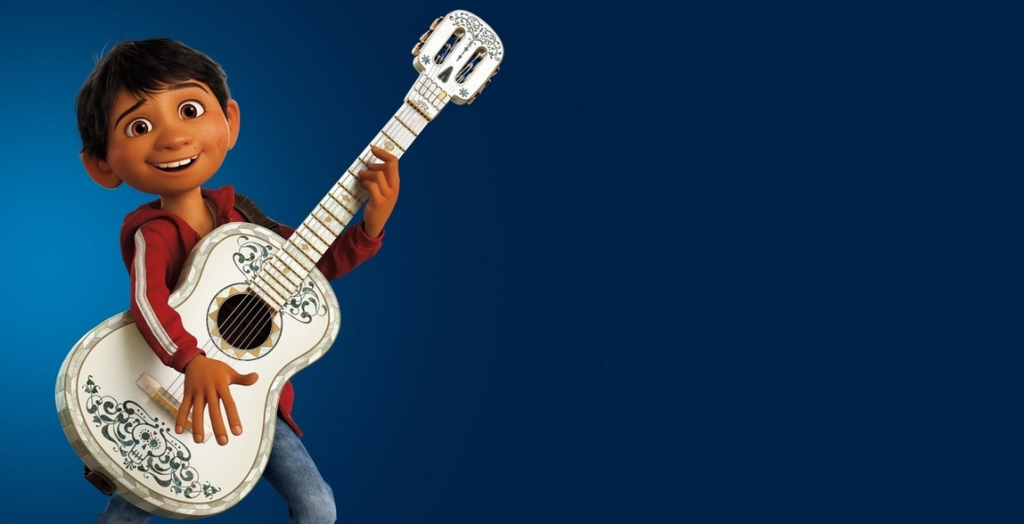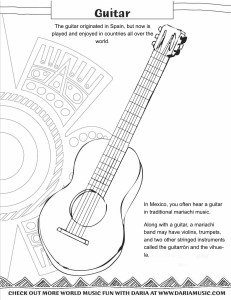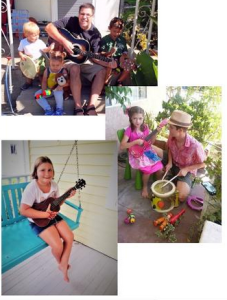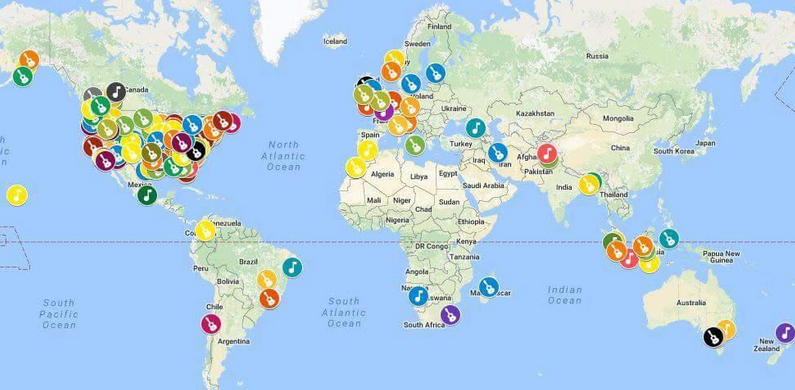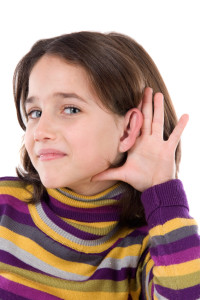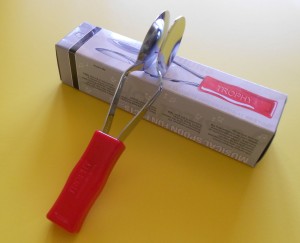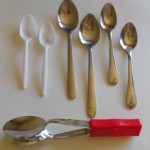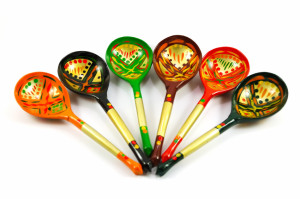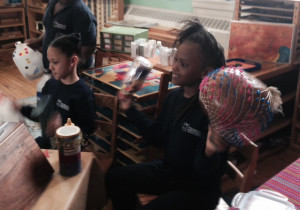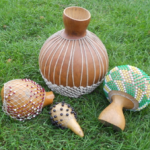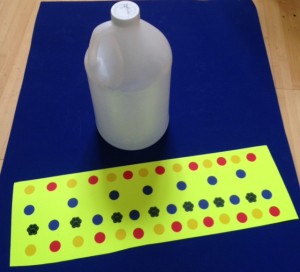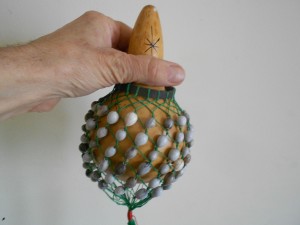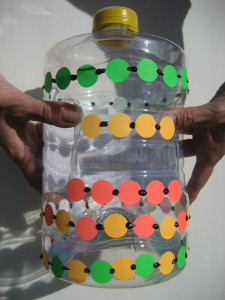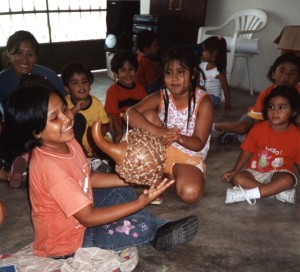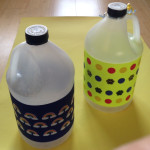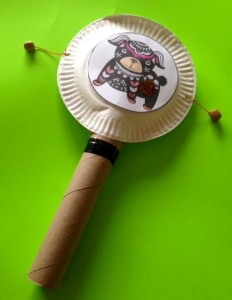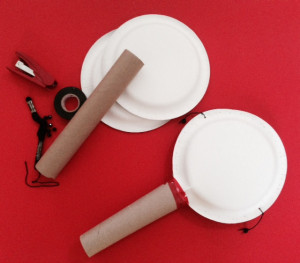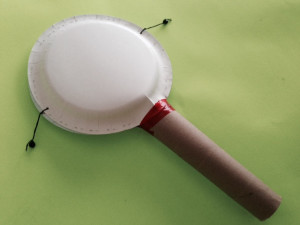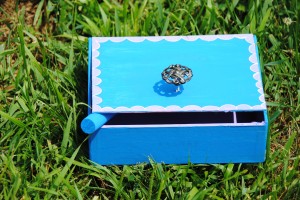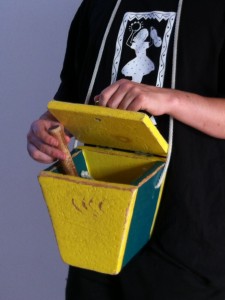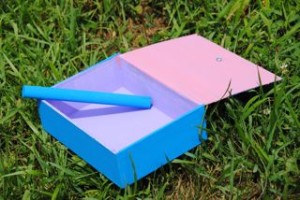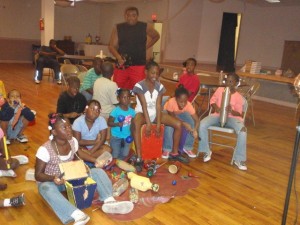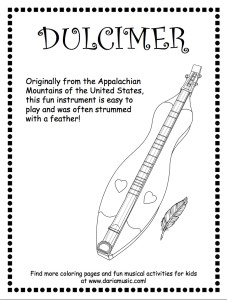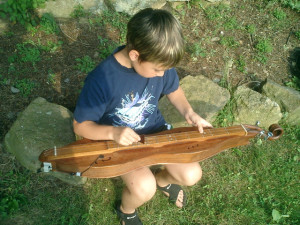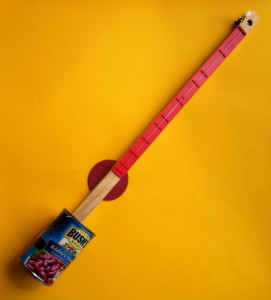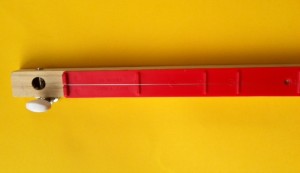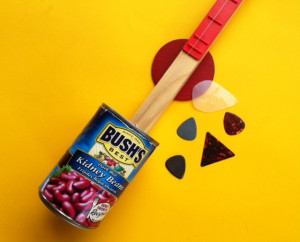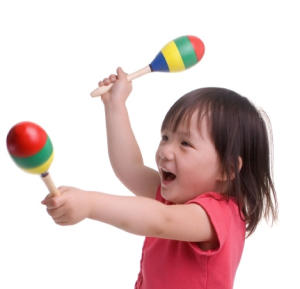Have you fallen in love with Disney’s Coco?
This beautifully drawn and animated new movie follows a young boy whose desire to follow his heart and make music takes him all the way to the land of the dead – and back again. No spoilers here but I can tell you that the movie will delight the youngest to the oldest members of your family. And it definitely will leave you singing!
One of our favorite songs from the movie is called Un Poco Loco, meaning a little bit crazy. Although it’s not a traditional mariachi song – it’s a new song composed by Germaine Franco and Adrian Molina – it has the wonderful feel and sense of humor of classic songs from this style.
If you speak Spanish, you’ll probably laugh and giggled throughout the song that weaves back and forth through both languages. If you don’t, I’ve shared the lyrics as a cheat sheet with the English translations listed next to the Spanish words.
And, do you want to continue the musical fun after you’ve seen the movie and sung along with this song? Below are several additional activities you can do to learn more about the marvelous music and magic of Mexico!
Un Poco Loco (A Little Bit Crazy)
Miguel sings – What color’s the sky?
¡Ay, mi amor! ¡Ay, mi amor! (Oh! My love, oh my love)
You tell me that it’s red
¡Ay, mi amor! ¡Ay, mi amor! (Oh! My love, oh my love)
Where should I put my shoes ?
¡Ay, mi amor! ¡Ay, mi amor! (Oh! My love, oh my love)
You say, “put them on your head”
¡Ay, mi amor! ¡Ay, mi amor! (Oh! My love, oh my love)
You make me un poco loco (a little bit crazy)
Un poquititito loco (a little, little bit crazy)
poquititito loco (little, little bit crazy)
The way you keep me guessing, I’m nodding and I’m yessing
I’ll count it as a blessing , That I’m only un poco loco! (a little bit crazy)
Héctor sings: The loco (crazy) that you make me
It is just un poco crazy (a little bit crazy)
The sense that you’re not making
Miguel sings: The liberties that you’re taking
Miguel and Héctor sing: Leaves my cabeza (head) shaking
You are just un poco loco (a little bit crazy)
Un poquititi-ti-ti-ti-ti-ti-ti-ti-ti-ti-ti-ti-to loco!
(A little, little, little, little, little, little, little bit crazy!)
Color A Mariachi Guitar - https://www.teacherspayteachers.com/Product/Mariachi-Guitar-Coloring-Page-2511636
Calaveras! Freebie Skull Coloring Page https://www.teacherspayteachers.com/Product/Color-the-Dia-De-Los-Muertos-Calavera-Skull-Freebie-4934285
 Calaveras! Freebie Skull Coloring Page https://www.teacherspayteachers.com/Product/Color-the-Dia-De-Los-Muertos-Calavera-Skull-Freebie-2-4934327
Calaveras! Freebie Skull Coloring Page https://www.teacherspayteachers.com/Product/Color-the-Dia-De-Los-Muertos-Calavera-Skull-Freebie-2-4934327
Make a Guiro – https://www.teacherspayteachers.com/Product/Make-Your-Own-Latin-American-Guiro-1230266
Three Music Crafts For 5 de Mayo - http://www.tinytappingtoes.com/uncategorized/3-great-music-crafts-for-cinco-de-mayo/

